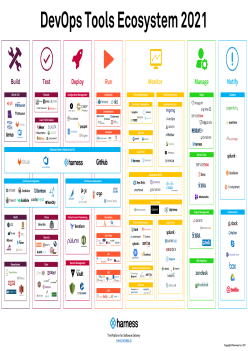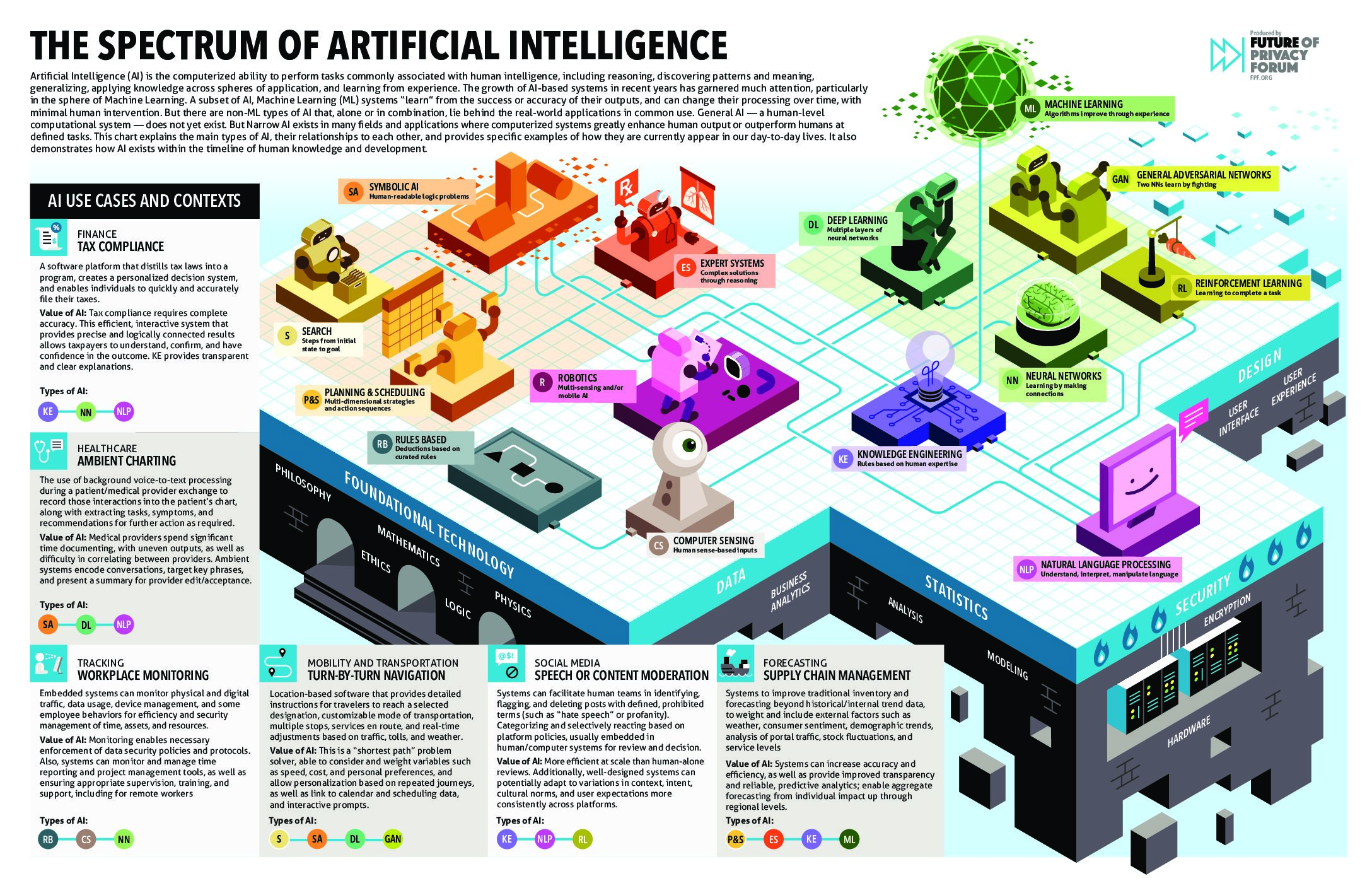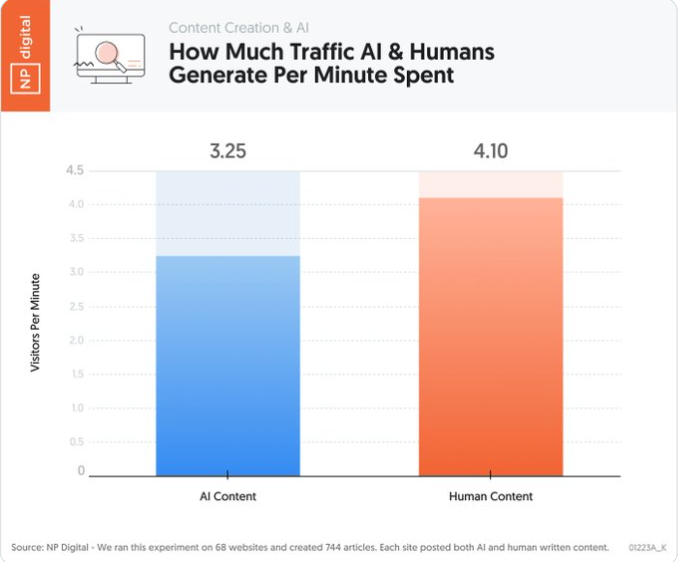In today's digital environment, you are likely seeing the growing integration of artificial intelligence (AI) into content creation. This shift not only improves operational efficiency but also offers significant potential for enhancing returns on investment (ROI). To maximize the benefits of AI, it’s essential to understand how to measure ROI effectively. This guide will provide you with practical strategies for evaluating the effectiveness of AI-generated content compared to traditional writing methods.
Our focus will be on actionable insights tailored for content marketers, business owners, and financial analysts. You will learn how to assess the impact of specific AI tools, communicate their advantages to your team, and establish effective processes for tracking production costs associated with your content.
As organizations increasingly adopt AI technologies, the pivotal question shifts from whether to use AI to how to leverage it for maximum benefit. This article aims to bridge that gap by offering evidence-based advice that can help you make informed decisions regarding your content marketing investments.
How to Determine the ROI of Your Content Marketing Investments
To measure the ROI of AI-generated content accurately, you first need to define what ROI means in the context of content marketing. Essentially, ROI can be calculated by comparing the revenue generated from the content to the costs incurred during its production. Here are some specific metrics you should focus on:
-
Content Production Time and Cost: Evaluate how long it takes to produce AI-generated content versus human-written content, and analyze the associated costs.
-
Content Engagement: Look at metrics like time spent on page, bounce rates, and click-through rates for both types of content.
-
Conversion Rates: Assess how effectively AI content converts leads into customers compared to traditional content.
Research from organizations such as Invoca indicates that approximately 80% of marketers have reported exceeding their ROI expectations when utilizing AI tools, emphasizing the importance of measuring content effectiveness.
Graph comparing ROI metrics of AI-generated content and traditional content methods (Source: Neil Patel)
Implementing A/B testing strategies where you compare AI-generated content against traditional content in real time can provide further insights into their performance differences.
Focusing on these specific metrics will give you a clearer understanding of your ROI, allowing you to make informed decisions about future content investments.
Evaluating the Impact of ProseVision Key Factors to Consider
When assessing AI tools like ProseVision for your marketing efforts, several factors will determine their effectiveness, such as user engagement, content quality, and scalability.
User engagement metrics are key indicators of content success. Tracking how users interact with your content—particularly through conversion rates—provides valuable insights into its effectiveness. Approximately 55% of businesses using AI content creation tools report not only increased output but also improved engagement metrics.
Content quality and personalization are equally important. AI tools such as ProseVision can analyze user data to deliver more tailored content, which enhances relevance for your audience.
 Diagram illustrating the ecosystem of development tools (Source: Sitic)
Diagram illustrating the ecosystem of development tools (Source: Sitic)
Scalability is another benefit of AI tools. They enable companies to respond to market demands more quickly while maintaining high-quality standards. Regularly analyzing customer feedback allows you to ensure that your content remains effective and relevant.
By considering these factors, you can comprehensively evaluate the impact of ProseVision and similar tools in your content marketing strategy.
Crafting a Persuasive Case for AI Tools to Executives
Presenting the benefits of AI tools like ProseVision to your executive team requires a clear and structured approach. Begin by identifying key stakeholders and understanding their concerns regarding the integration of AI tools. Addressing these concerns directly will make your argument more persuasive.
It's essential to highlight potential ROI and productivity gains that can stem from AI integration. For instance, 72% of businesses that begin incorporating AI do so with successful pilot programs, illustrating the importance of measurable success in early implementation stages.
 Infographic summarizing AI tools benefits (Source: FPF)
Infographic summarizing AI tools benefits (Source: FPF)
Utilizing case studies from similar organizations can underscore your points effectively. Reports indicate that 80% of B2C marketers found AI tools exceeded their ROI expectations, showing that meaningful results from AI are not just theoretical.
Your presentation should weave together a narrative that connects AI capabilities to the overarching objectives of the business. Focus on improvements in customer satisfaction, adaptability to market changes, and enhanced content effectiveness to build a strong case for the value of AI.
Translating AI Content Capabilities into Tangible Business Value
AI content creation tools like ProseVision can significantly enhance your business's value. To communicate this effectively, focus on case studies that quantify the ROI associated with these tools.
For example, users of Jasper AI have reported an increase of two to three times in organic traffic from AI-generated content, which translates directly to revenue. Additionally, tools like Persado have demonstrated a 41% increase in marketing campaign conversions, highlighting tangible impacts on business performance.
 Visual representation of an AI tools case study demonstrating business value (Source: Piktochart)
Visual representation of an AI tools case study demonstrating business value (Source: Piktochart)
Connecting the capabilities of AI to improved customer acquisition costs is essential. By reducing the labor involved in manual content production, you can significantly enhance profitability. Showcasing these quantifiable benefits will help build a strong argument for the integration of AI solutions into your broader content strategy.
Best Practices for Effectively Tracking Content Production Costs
Monitoring expenses related to AI-generated content is critical for maximizing ROI. Starting with a budget tracking system that accounts for both production costs and content performance is essential.
Utilizing AI tools can lead to substantial time savings—many companies report an average of 15 hours per week saved in content creation, which directly decreases labor costs. Thus, maintaining a comparative analysis between AI and traditional content production methods is valuable.
 Sample budget report template for tracking content production costs (Source: Reach Reporting)
Sample budget report template for tracking content production costs (Source: Reach Reporting)
To maximize your content marketing effectiveness, you should adopt metrics to evaluate the cost-effectiveness of AI content continuously. Conducting regular assessments will allow you to adjust your strategies to align with real-time data and insights gathered from your audience.
By following these best practices, you will maintain a clear understanding of your content production costs, further enabling you to make informed decisions that enhance ROI.
Staying Ethical Compliance and Responsibility in AI Content Creation
With the increasing adoption of AI in content generation, the need for ethical guidelines becomes paramount. Understanding data privacy and copyright regulations is essential to ensure accountability and compliance with AI-generated content.
The Federal Trade Commission (FTC) guidelines recommend disclosing AI-generated content clearly. This transparency should extend to proper labeling practices to keep your audience informed. Regular audits for bias are also necessary, ensuring that AI is trained on diverse datasets to avoid discriminatory outcomes.
 Flowchart outlining ethical considerations for AI in content creation (Source: Medium)
Flowchart outlining ethical considerations for AI in content creation (Source: Medium)
By adhering to these ethical frameworks, you not only protect your organization against legal risks but also enhance your reputation among consumers. Clearly communicating your ethical approach to AI-generated content fosters trust with your audience, which is increasingly vital in today’s marketplace.
Looking Ahead Trends Shaping the Future of ROI in Content Marketing
As AI technology evolves, it’s important to stay informed about emerging trends that could significantly impact ROI expectations in content marketing. Generative AI is progressing rapidly, and by 2025, we expect tools to create highly customized content across various formats, enriching your marketing strategy.
Hyper-personalization, driven by AI advancements, is anticipated to redefine engagement methods, enabling businesses to connect with their customers on a more personal level, which can lead to enhanced conversion rates and improved ROI.
 Graphic depicting future trends in AI content marketing (Source: Search Engine Land)
Graphic depicting future trends in AI content marketing (Source: Search Engine Land)
These predictions suggest that AI will also play a substantial role in measuring real-time ROI, making marketing teams more agile in analyzing and interpreting data. Keeping up with these trends allows you to position your business effectively, ensuring you are responsive to market changes.
Conclusion
In summary, understanding and maximizing the ROI of AI content creation requires a comprehensive approach. From defining crucial metrics and evaluating specific tools to implementing best practices for cost tracking and ensuring compliance with ethical standards, each step is vital in leveraging AI-generated content effectively.
As you navigate the landscape of AI content production, remember that your goal is to enhance productivity, engagement, and ROI consistently. By utilizing the insights and strategies outlined in this guide, you will better empower your business to harness the benefits of AI in content marketing and achieve sustainable growth and success in an ever-evolving digital environment.
With the right strategies in place, you can meet and even exceed your content marketing objectives, firmly rooting your organization in the future of AI-driven initiatives.

Comentários (0)
Entrar para participar da discussão ou .